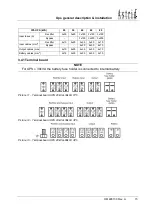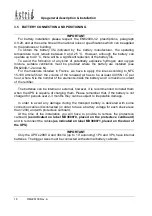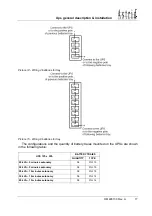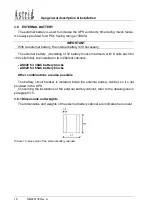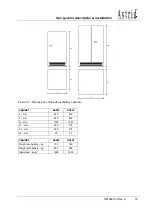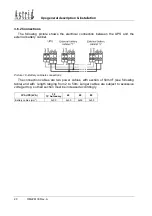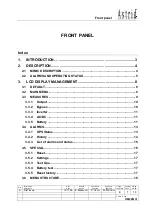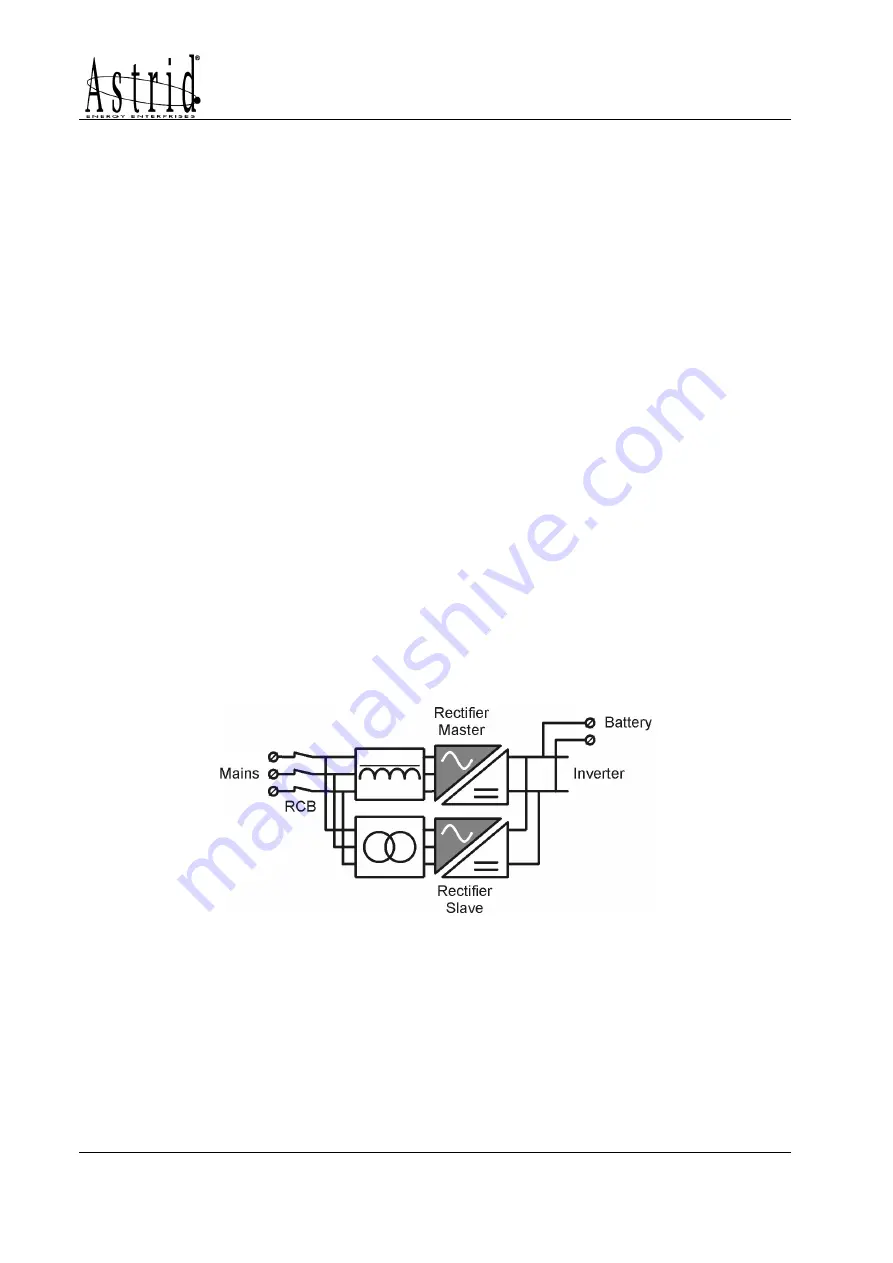
Ups general description & installation
6
OM226130 Rev. A
2.2 SYSTEM
DESCRIPTION
2.2.1 Rectifier
It converts the three phase voltage of the mains into continuous DC voltage.
It uses a three phase 6 pulses fully-controlled thyristors bridge.
It’s designed to supply the inverter at full load and the battery at the maximum
recharge current. The system offers very low ripple content during the charging cycle.
2.2.2 12 pulses rectifier (Optional)
The 12 pulses configuration is used to reduce the distortion of the current absorbed
from the mains (THD) to a value <12%.
This ensures that the rectifier does not distort the supply mains, with regard to the
other loads; it also avoids unlikely overheating of the cables due to the harmonics
circulation.
This technology uses two 6 pulse rectifier bridges, which operates with an input
voltage having a phase displacement of 30°.
This configuration allows the system to cancel the typical harmonics of the 6 pulses
rectifier, namely the 5
th
and 7
th
. As a consequence only the higher order harmonics
remain (the 11
th
, 13
th
and the multiples). This system is highly recommended for high
power equipment, where the current distortion caused by the rectifier might affect other
loads connected to the mains. It’s also advisable to use 12 pulses rectification in order
not to overload an emergency diesel generator supplying the system in case of mains
failure.
The 12 pulse configuration can be provided with or without galvanic isolation, using
an auto-transformer or a transformer having two secondary windings displaced by 30°
(delta/delta-star connection).
Picture 2 - 12 pulses rectifier without galvanic isolation


















